Maggie’s Centres are a charitable initiative comprising a network of drop-in centres across the United Kingdom, which provide support, information and practical advice to people coping with cancer and their loved ones. Founded by and named after the late garden designer Maggie Keswick Jencks, who passed away from cancer in 1995, the centres continue her legacy and embody her life-asserting belief in the infusive power of architecture in times of distress. The buildings that house the centres are designed by internationally acclaimed architects and as well as practices known for their passion for architecture.
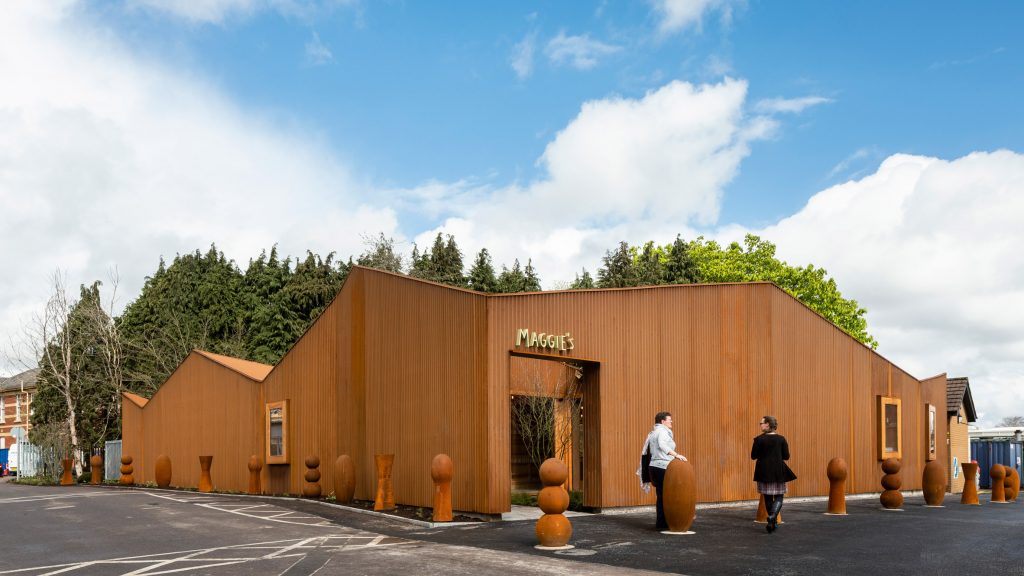
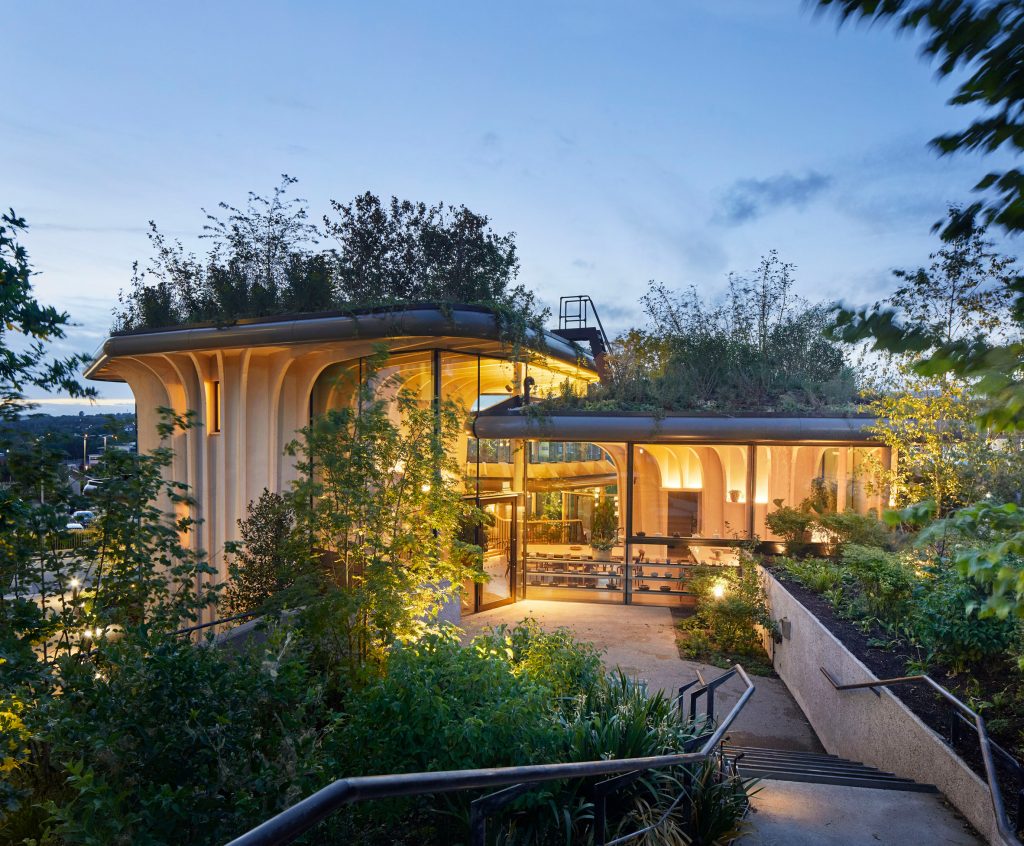
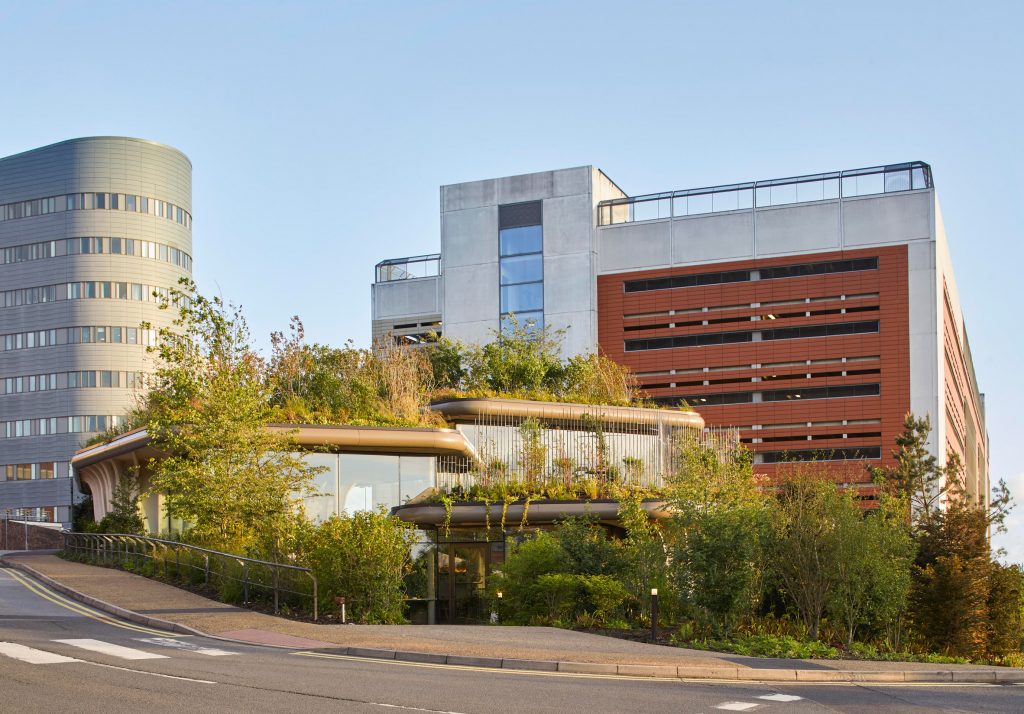
Maggie’s Leeds by Heatherwick Studio
The Maggie’s Centre on the grounds of St James’s University Hospital in Leeds has been designed by Heatherwick Studio, the British practice founded by designer Thomas Heatherwick.
Aiming to develop a soulful and welcoming building, unlike clinical environments, the designers used only natural sustainable materials, topped the charity centre with grassy gardens and filled the timber interiors with plants.
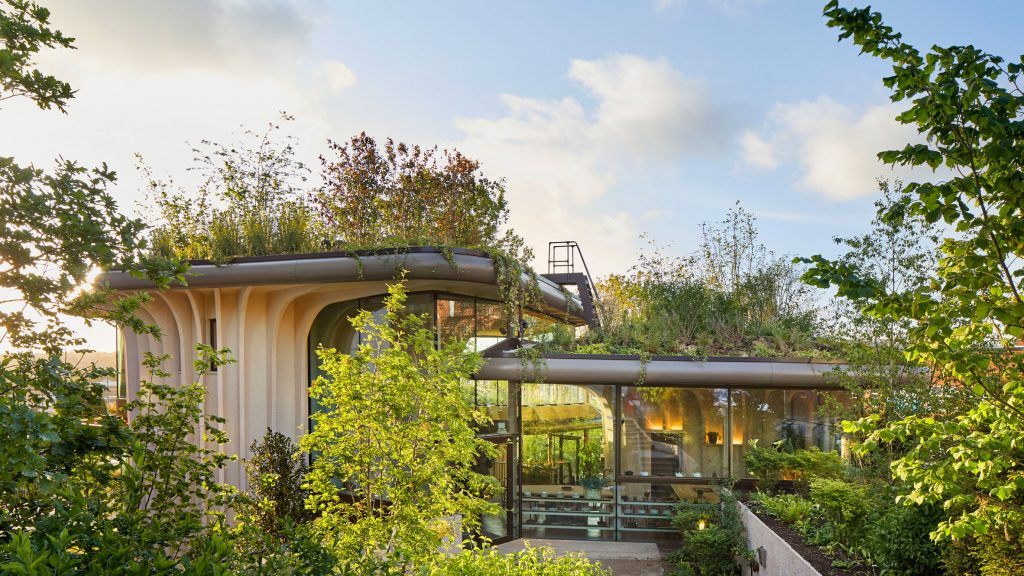
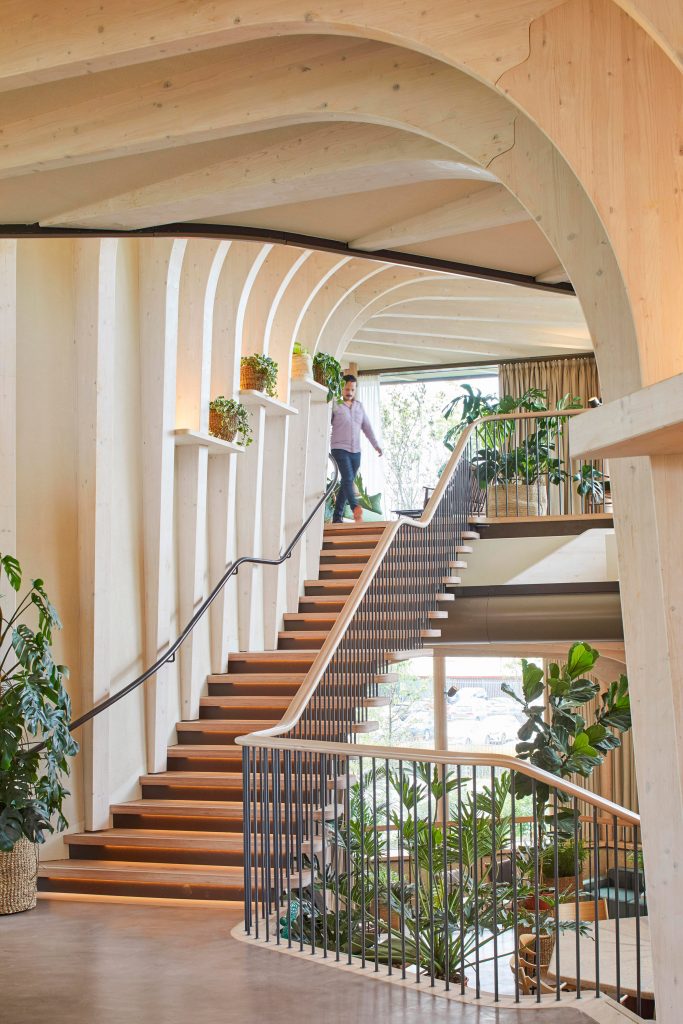
Maggie’s Leeds by Heatherwick Studio
The building encompasses three mushroom-shaped volumes, whose framework is made from prefabricated parts of sustainably sourced spruce wood. The centrally located counselling rooms are surrounded by communal areas that include including a kitchen, lounge and exercise room unfolding under the curving timber gills. Their arching shape is echoed by podiums of beechwood tables specially designed for the project.
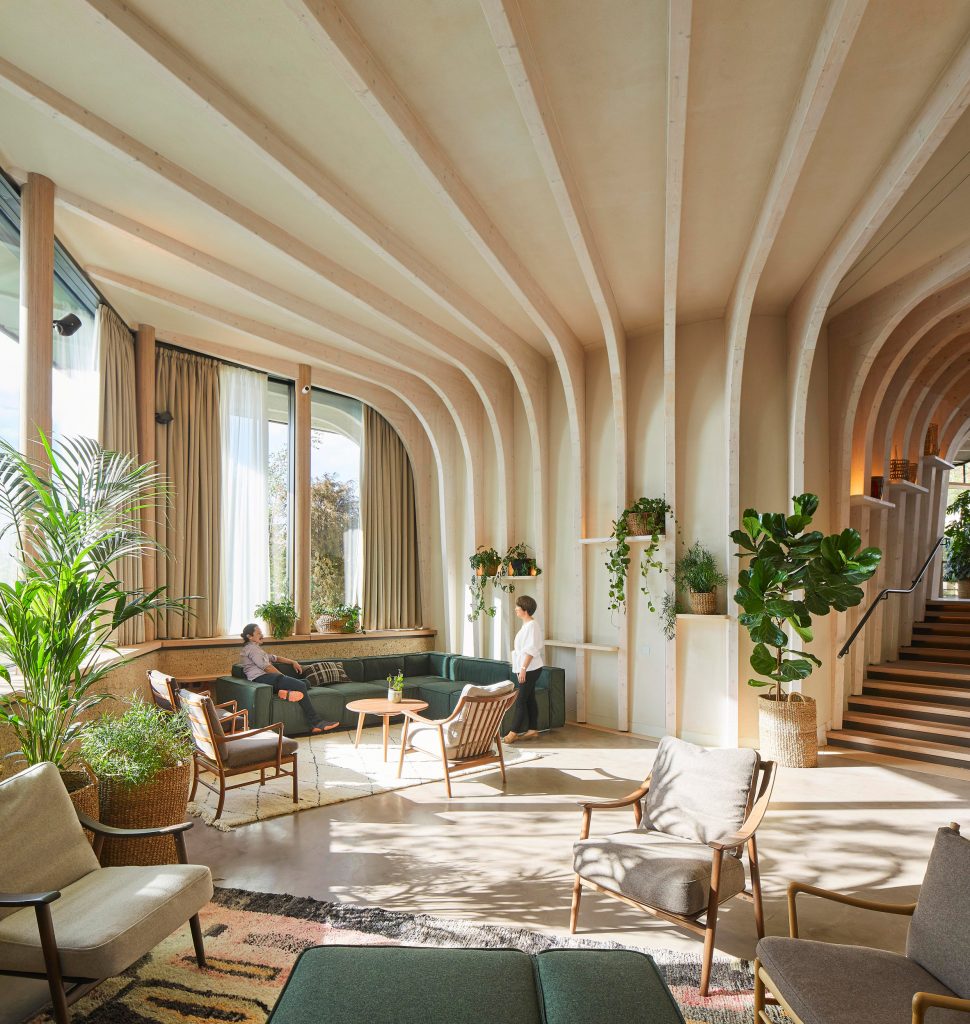
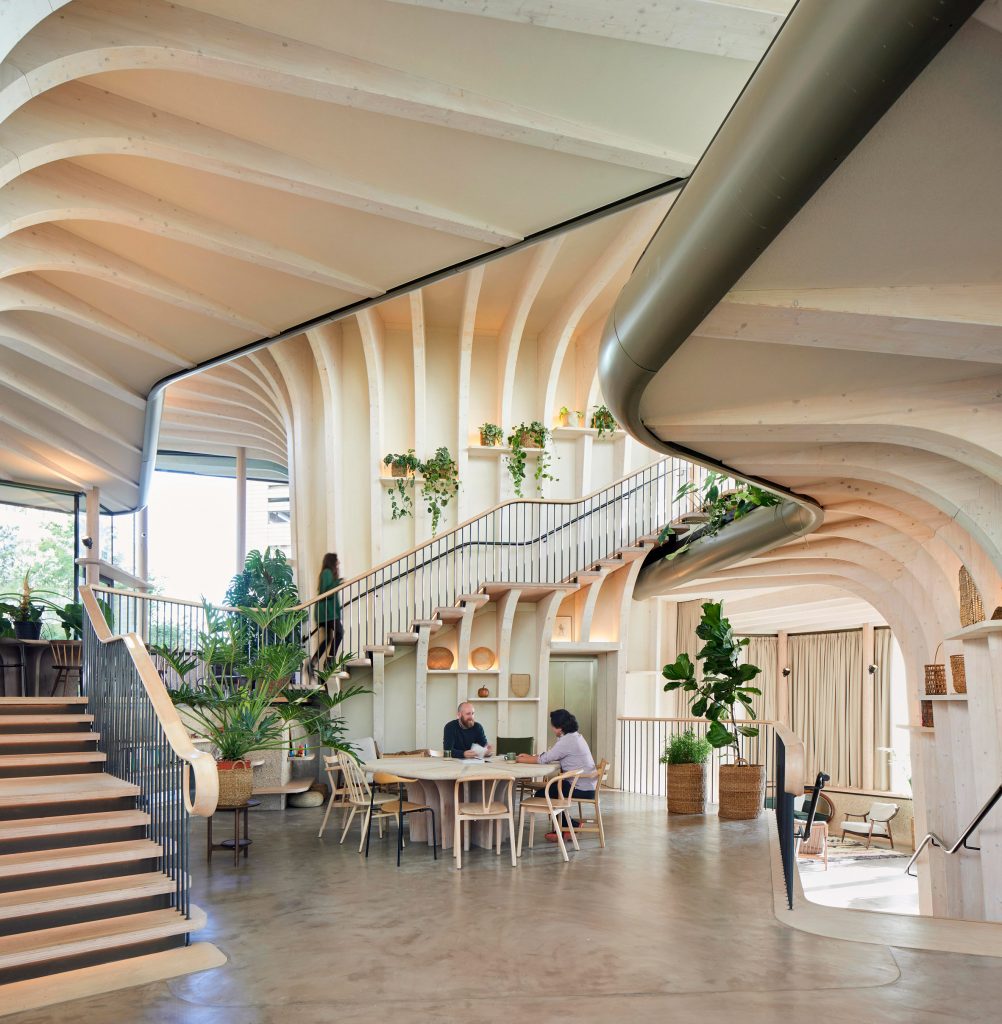
Maggie’s Leeds by Heatherwick Studio
The planting scheme was developed by landscape designers Balston Agius. It uses species native to the woodlands of Yorkshire, so that evergreen trees and shrubs will provide colour even in winter. Internally, plants grow from wicker-covered pots lining the walls up to the mezzanine.
The architects incorporated shelves into the walls and staircase for the centre’s visitors to fill them with their own objects, so that they feel at home.
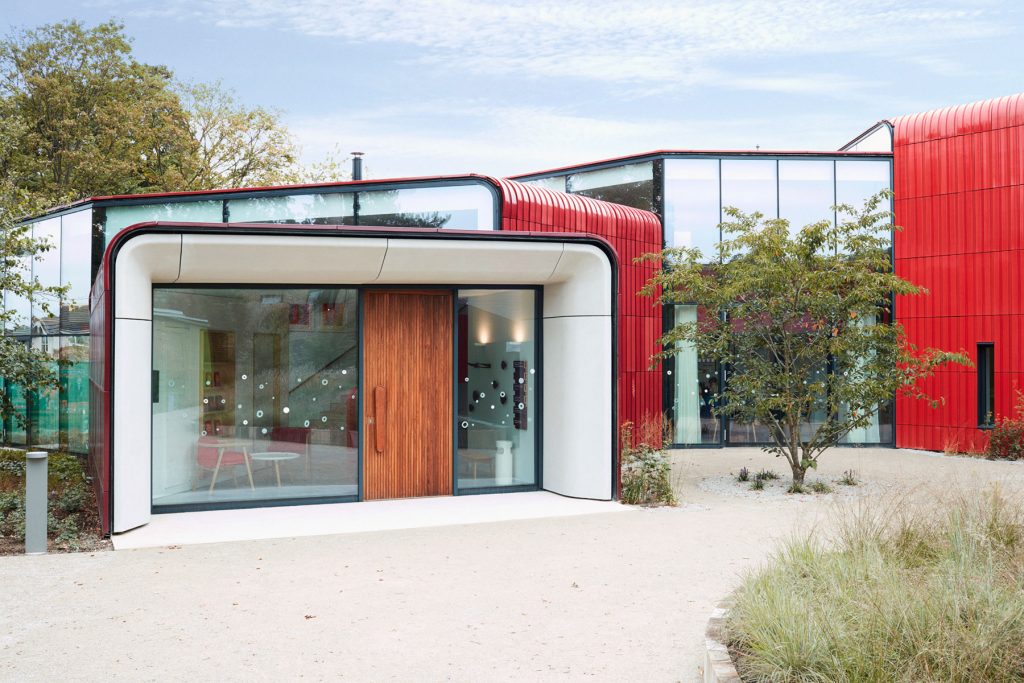
Maggie’s at The Royal Marsden Hospital by Ab Rogers
Ab Rogers Design, a studio with offices in London and Melbourne, has also developed a design scheme aiming to provide a calm oasis set in a peaceful garden – a place to escape to and take strength from. They designed the Maggie’s Centre at The Royal Marsden Hospital from the inside out, its shell dictated by the functions and activities contained within.
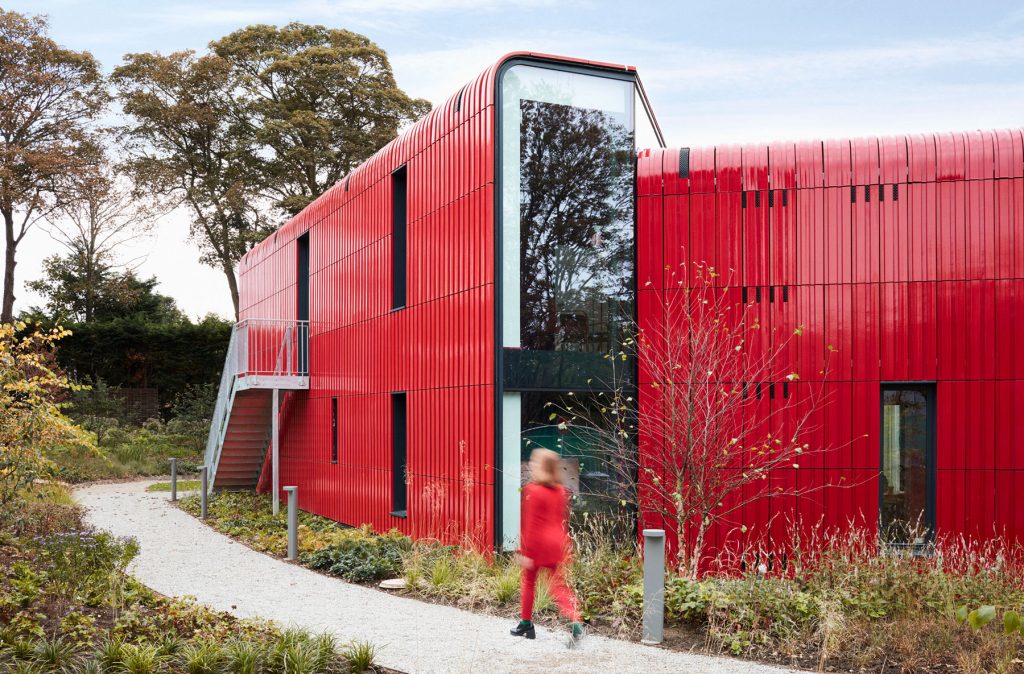
Maggie’s at The Royal Marsden Hospital by Ab Rogers
The building is formed of five inter-connected volumes that wrap around a central courtyard. They are clad in terracotta and glazed in graduating shades of red, from deep carmine to translucent coral, chosen by the architects to make the charity centre cheerful but respectful to the nearby houses. Inside, the bright red continues with the staircases and kitchen island.
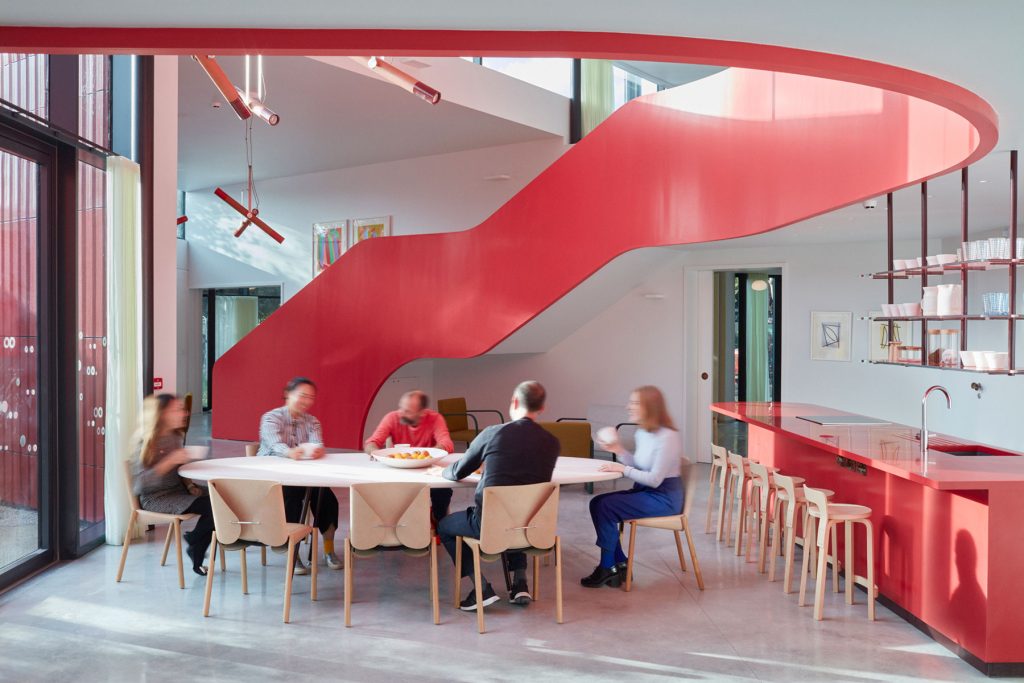
Maggie’s at The Royal Marsden Hospital by Ab Rogers
A double-height kitchen is at the heart of the building, offering a long table that encourages people to come together. To create a relaxed, domestic environment, the designers utilized materials with tactile qualities, such Douglas fir, birch ply and Harris tweed, as well as built-in furniture pieces containing art, objects and books.
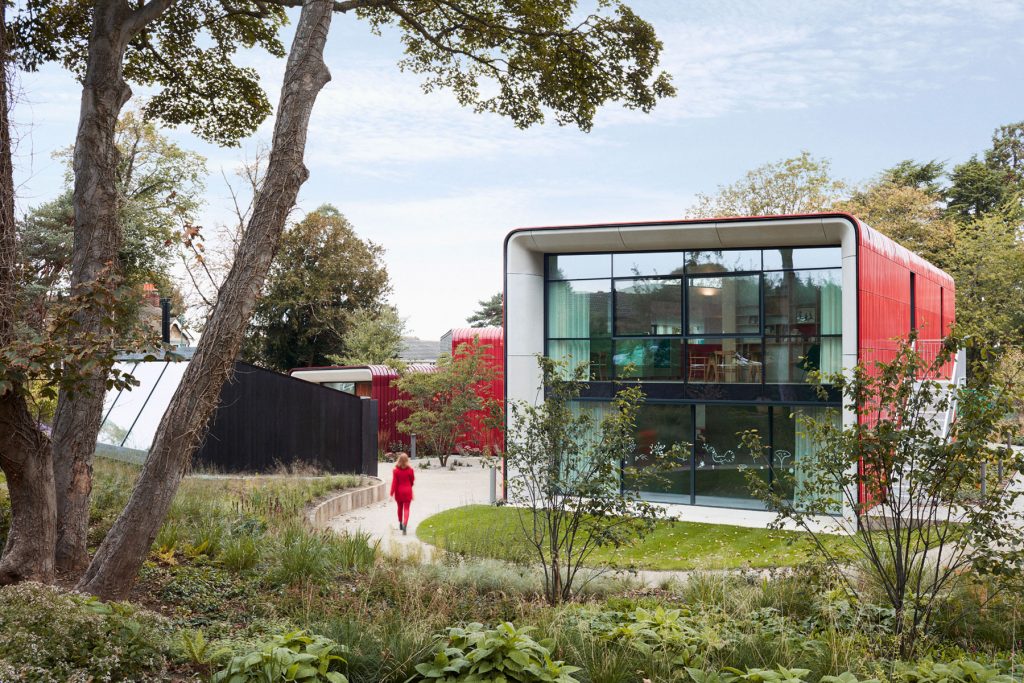
Maggie’s at The Royal Marsden Hospital by Ab Rogers
A range of comfortable, private spaces for counselling and therapy is nestled alongside welcoming communal areas, fanning out from the central double-height space. Externally the fan-like shape of the building has been dictated by the movement of the sun, allowing it to enter the building throughout the day and animate it through the interplay of light and shadow. As the design prioritises daylight and transparency, the counselling rooms have skylights to allow natural light in while giving the users privacy.
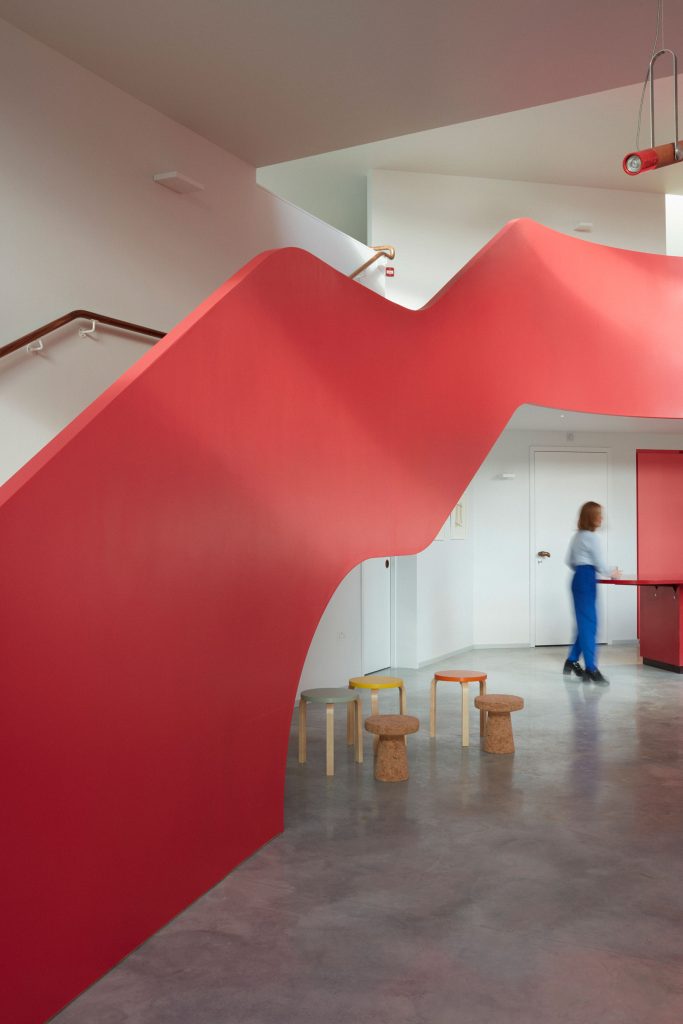
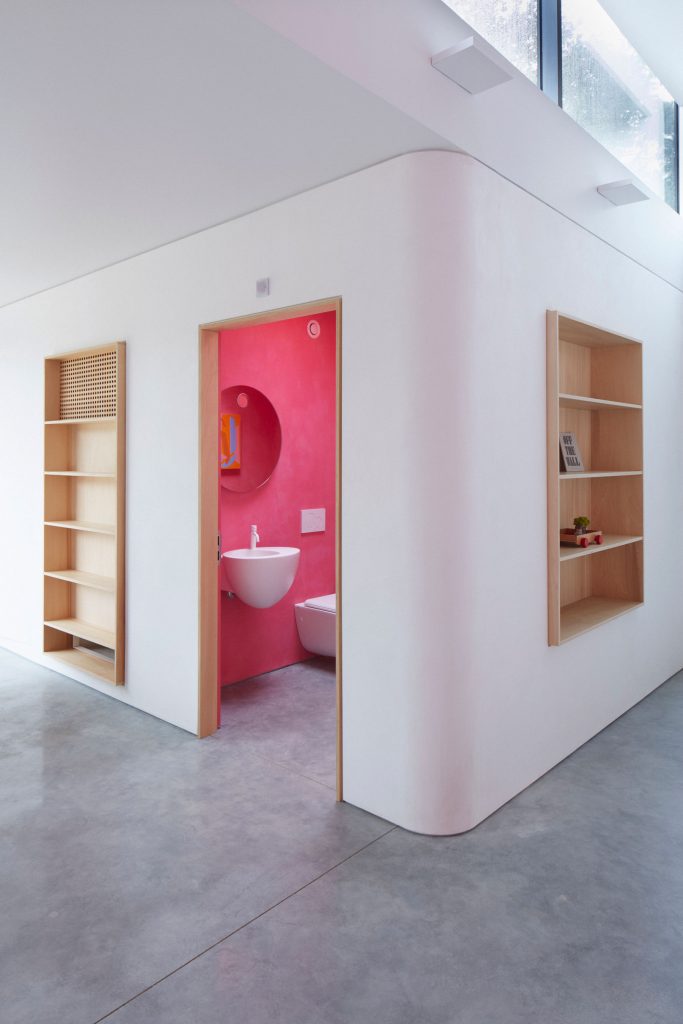
Maggie’s at The Royal Marsden Hospital by Ab Rogers
The garden scheme was developed by Dutch landscape designer Piet Oudolf. It features 12,000 plants for the garden, including 14 different species of grasses and 50 perennials. Oudolf planted them in interlocking blocks, planned so that their colours will create interesting shapes as their leaves, flowers and seeds change throughout the year.
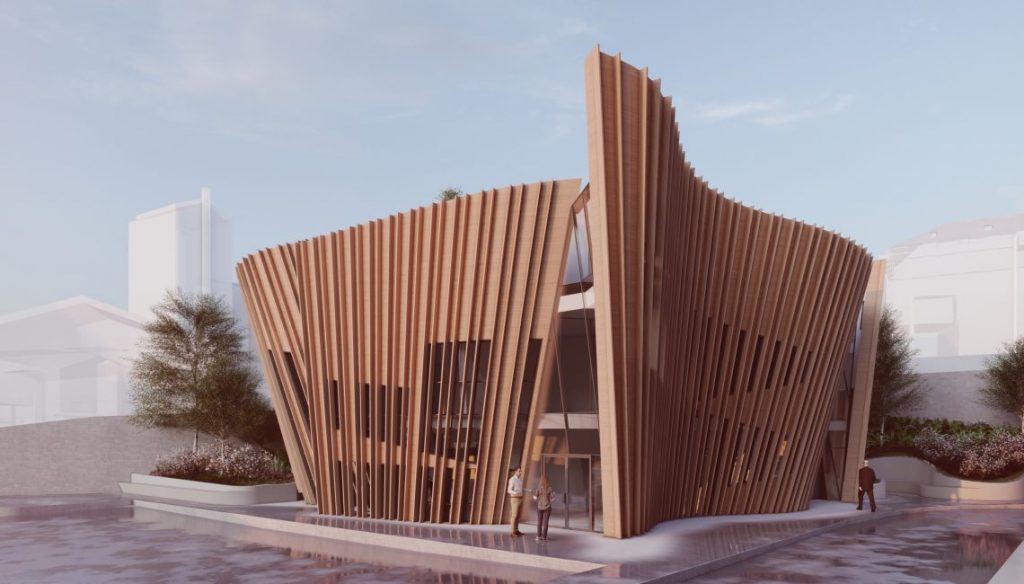
Maggie’s in Hampstead, London, by Daniel Libeskind
Studio Libeskind, headed by Polish-American architect Libeskind, has been asked to design a Maggie’s Centre at the Royal Free Hospital in Hampstead, London. The project carries significant meaning for Daniel Libeskind as the Maggie’s charity was led by his late friend Charles Jencks, husband of the late Maggie Jencks.
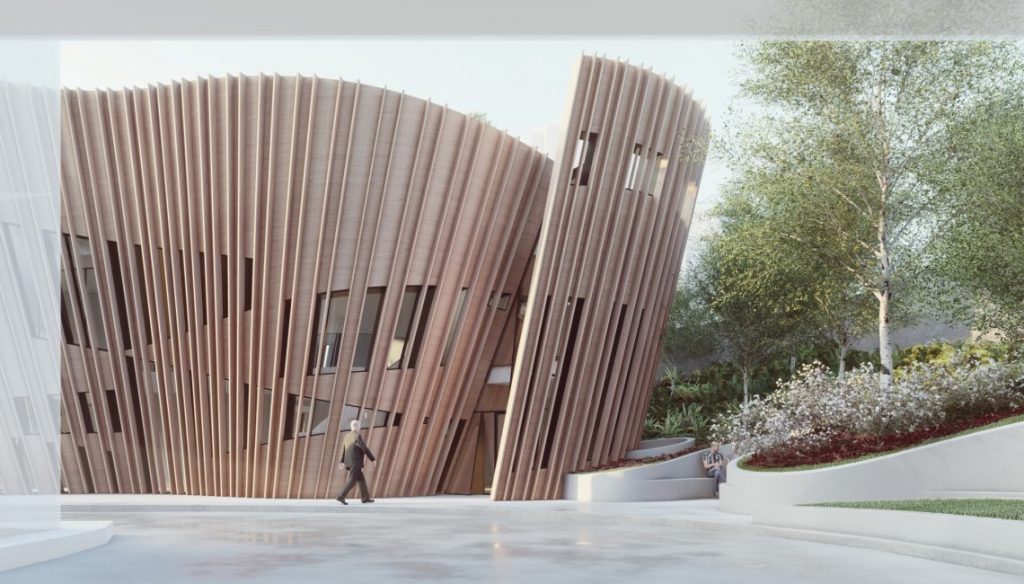
Maggie’s in Hampstead, London, by Daniel Libeskind
Designed to contrast with its more clinical hospital surroundings, the building is characterized with a welcoming undulating façade, made of prefabricated wooden louvres and angled to provide sun shading. Timber has been chosen as a renewable material to emphasise the building’s human character.
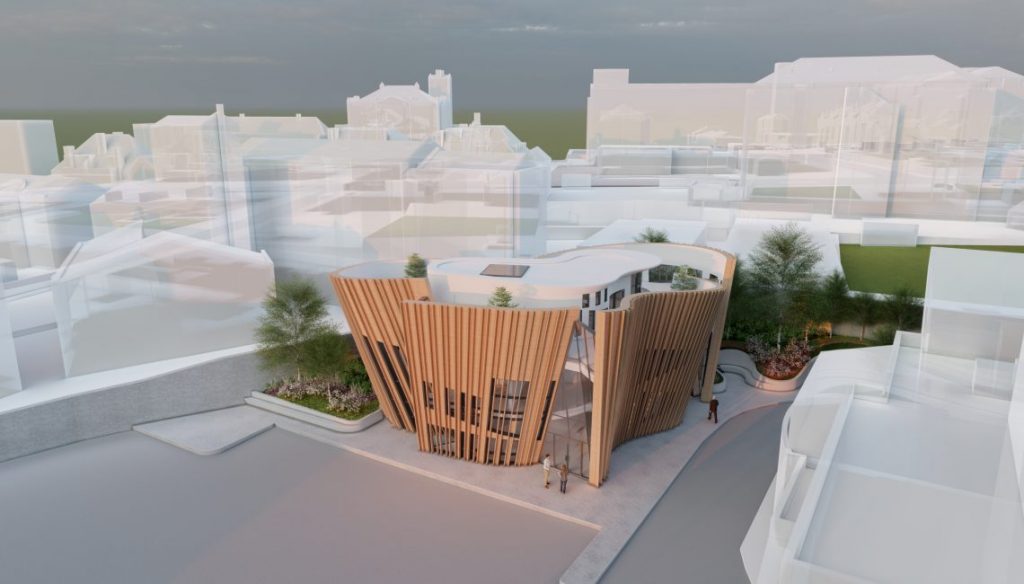
Maggie’s in Hampstead, London, by Daniel Libeskind
The facade’s louvres optimize privacy, light, and shade to create a calm and peaceful interior space that offers patients moments of serenity. To maximize the site’s potential, the footprint has been kept small at the ground level and the form expands as the building rises.
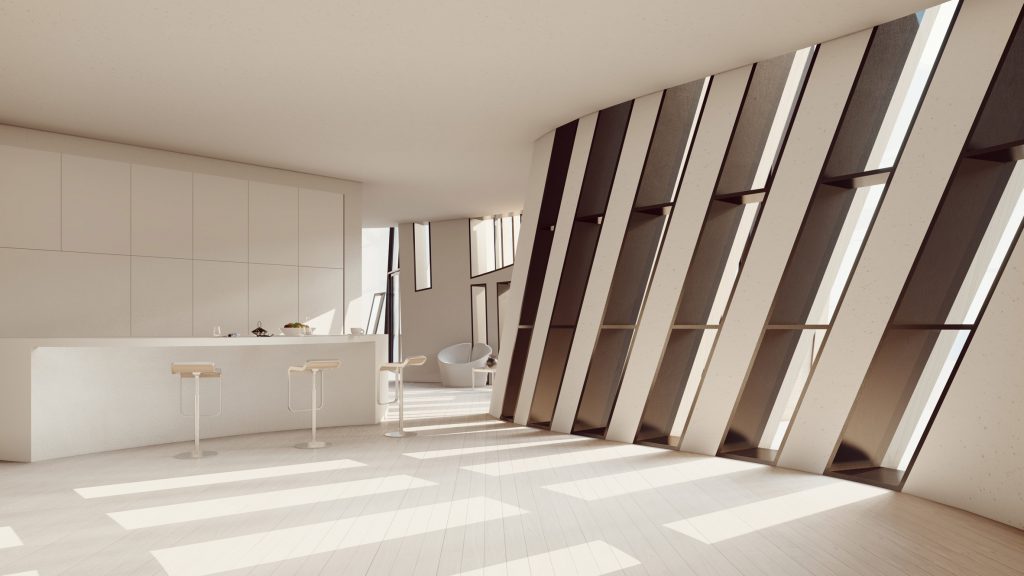
Maggie’s in Hampstead, London, by Daniel Libeskind
The building will be nestled into a planted garden. An additional garden has been elevated to the roof level aligning with the canopies of the surrounding trees to create a peaceful outdoor retreat for the visitors.
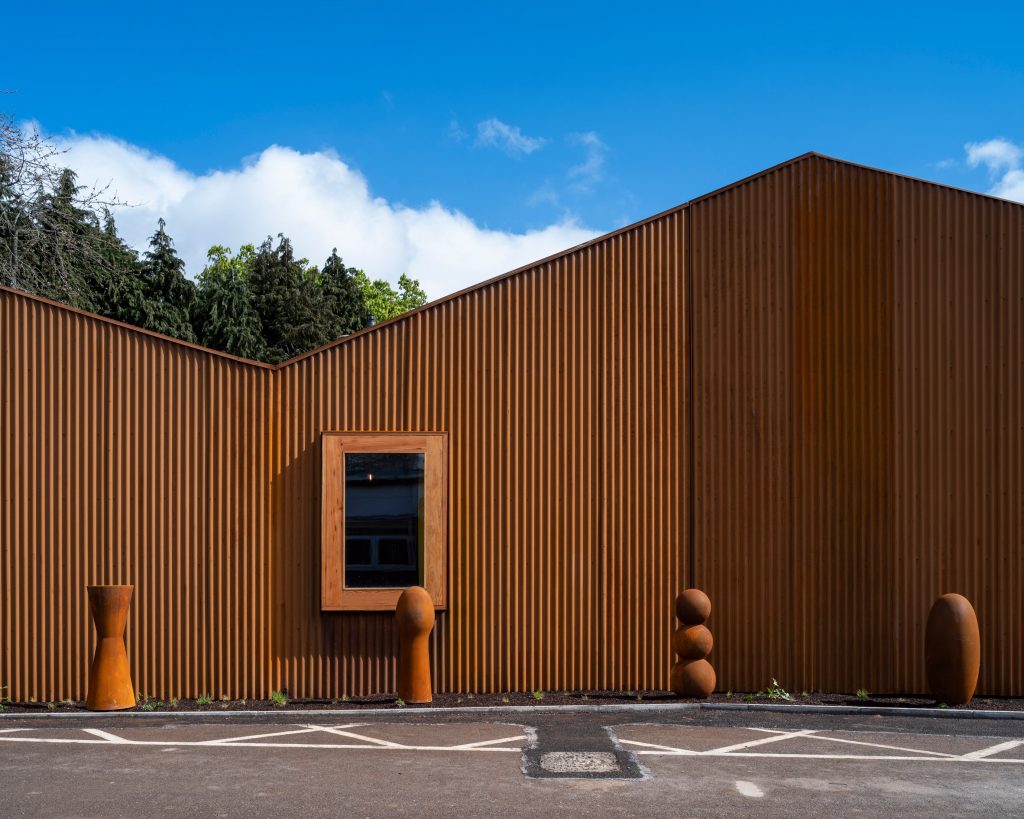
Maggie’s Cardiff by Dow Jones Architects (also header image)
London studio Dow Jones Architects has completed a temporary Maggie’s Centre in Cardiff to be ”the same as a regular Maggie’s Centre but smaller, quicker and cheaper,” after a previous plan for a permanent building was abandoned. The building was constructed in just 16 months at a cost of around one third of the proposed budget for the permanent building.
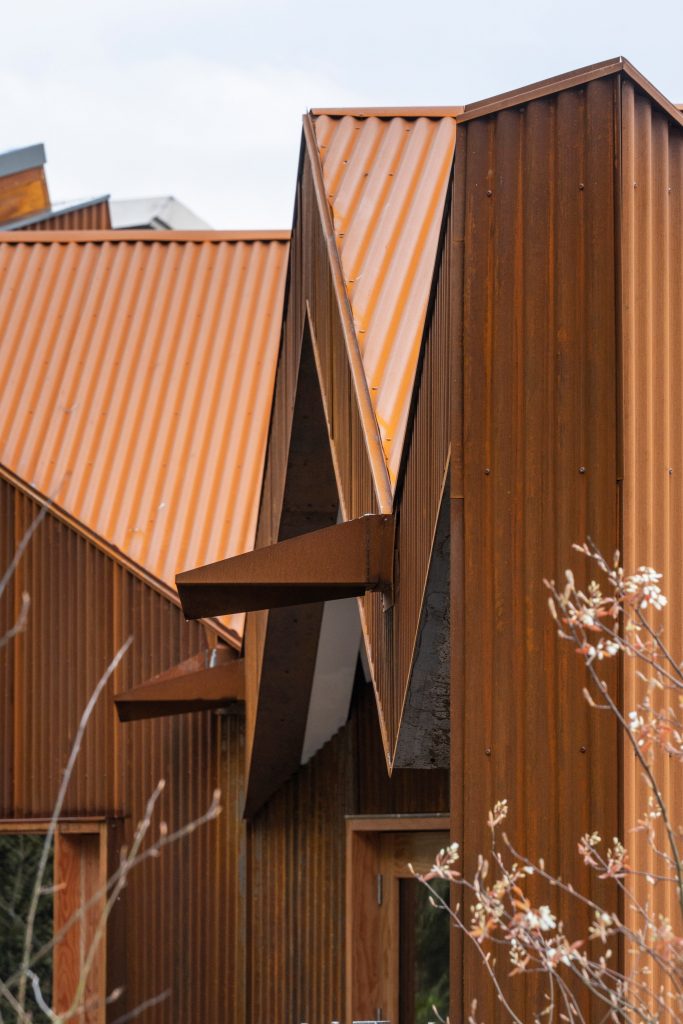
Maggie’s Cardiff by Dow Jones Architects
A series of angular roofs clad entirely in weathering steel takes visitors on a journey from the bleakness of the adjoining carpark, through an intimate courtyard garden an immediate connection with nature, into a range of contemplative spaces and a new landscape garden, designed by Cleve West.
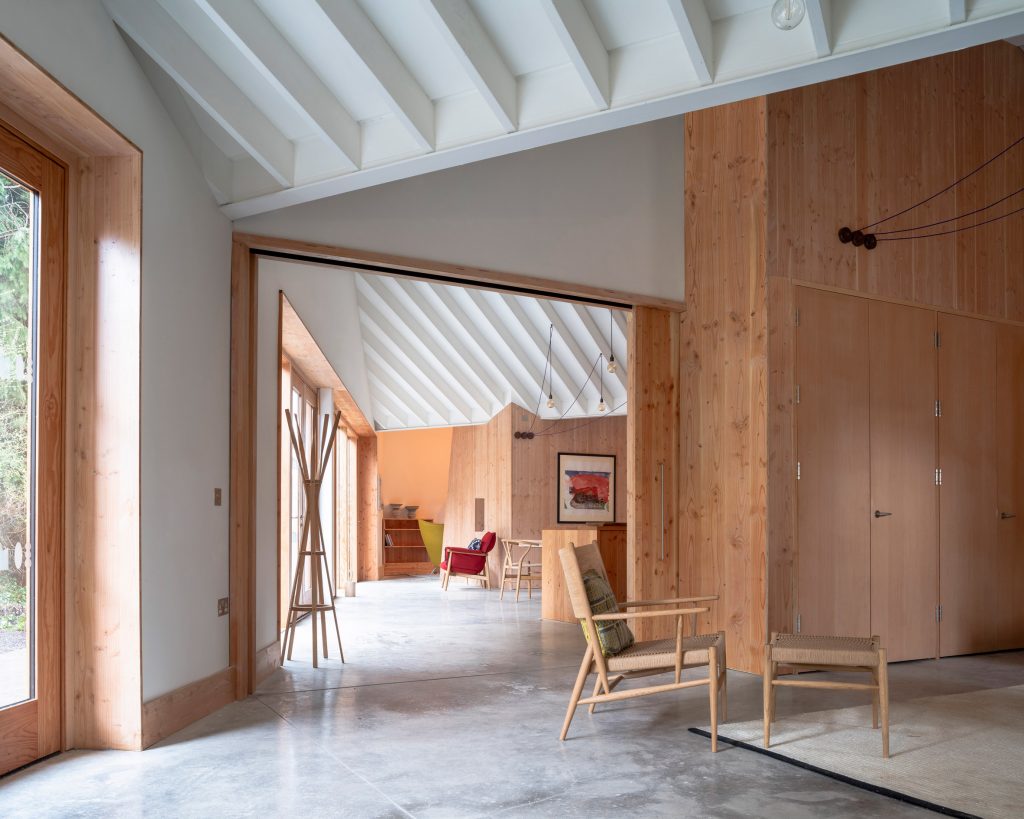
Maggie’s Cardiff by Dow Jones Architects
The building is conceived to provide an immediate connection with nature. Its rugged silhouette echoes the shapes of the local mountains, while the rusty corrugated steel cladding is the colour of the bracken that adorns the hills and is characteristic for the area.
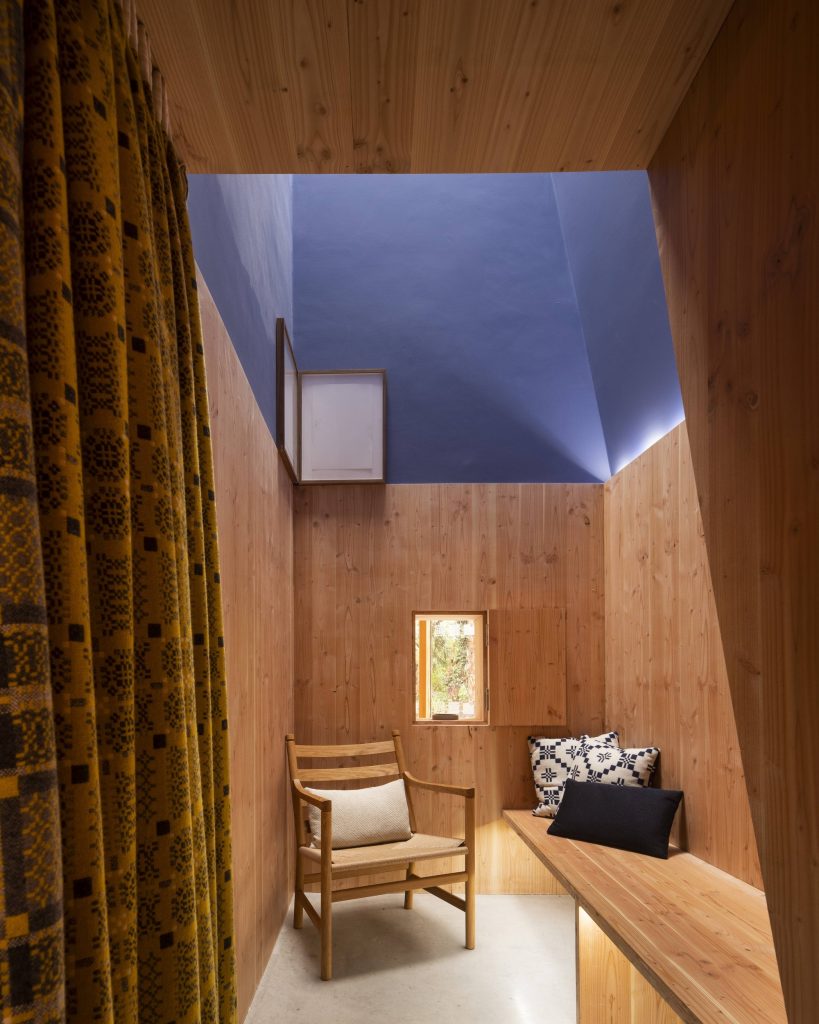
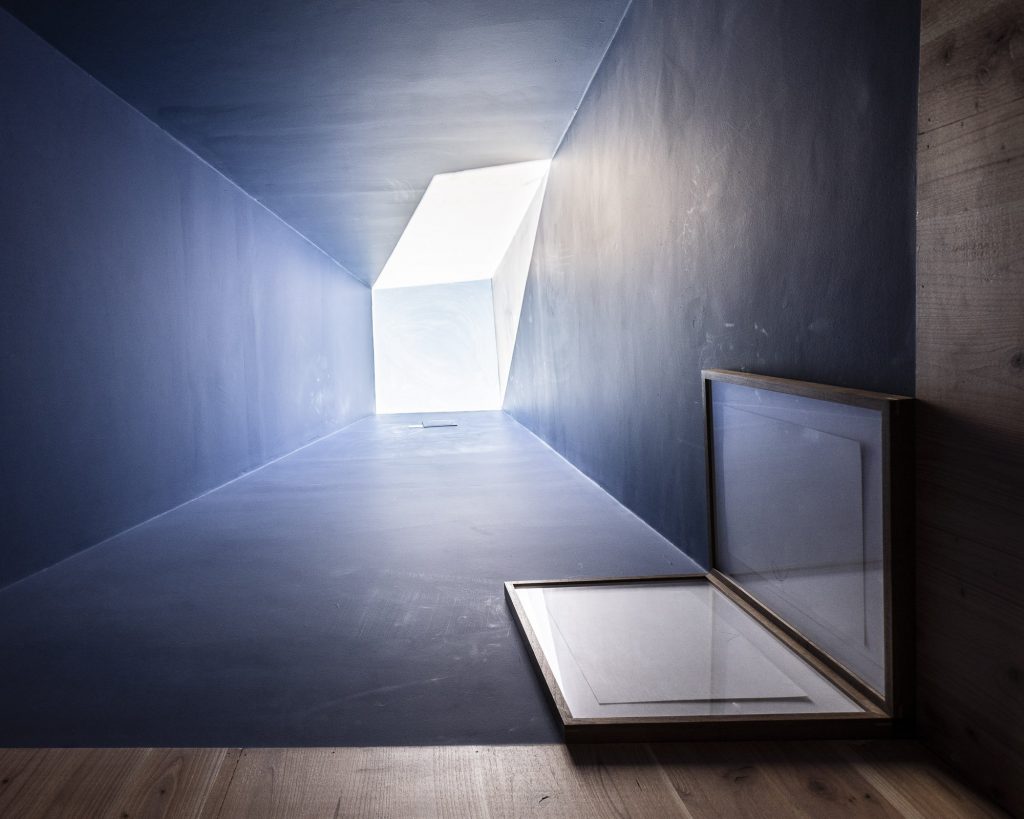
Maggie’s Cardiff by Dow Jones Architects
At the heart of the building is the “cwtch”, a high-ceilinged intimate area illuminated by daylight that pours in through large roof lights. The space is inspired by the “simnau fawr” (big chimneys) of vernacular Welsh architecture. The hearth and the central table add to the feeling of community creating a homely space for socializing.
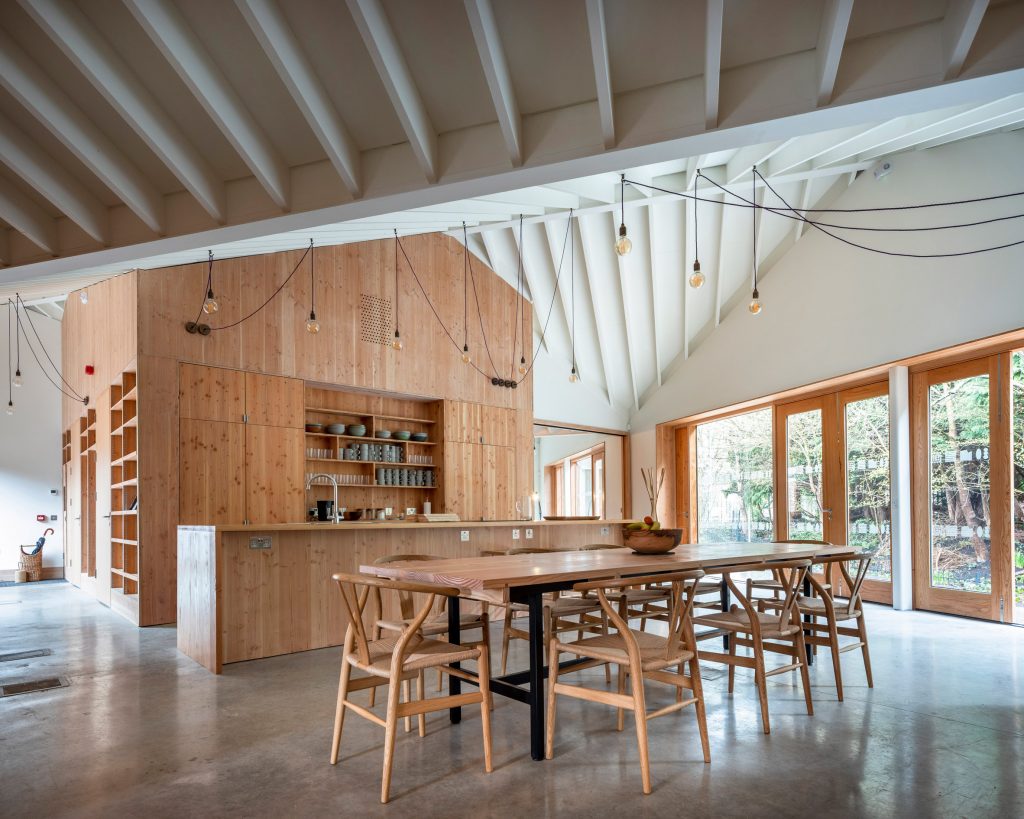
Maggie’s Cardiff by Dow Jones Architects
The material palette of the interior includes untreated Douglas Fir, its warmth and softness contrasting with the sleek polished concrete floor and white-washed walls. The architects have also collaborated with the National Museum of Wales to display works form their collection.